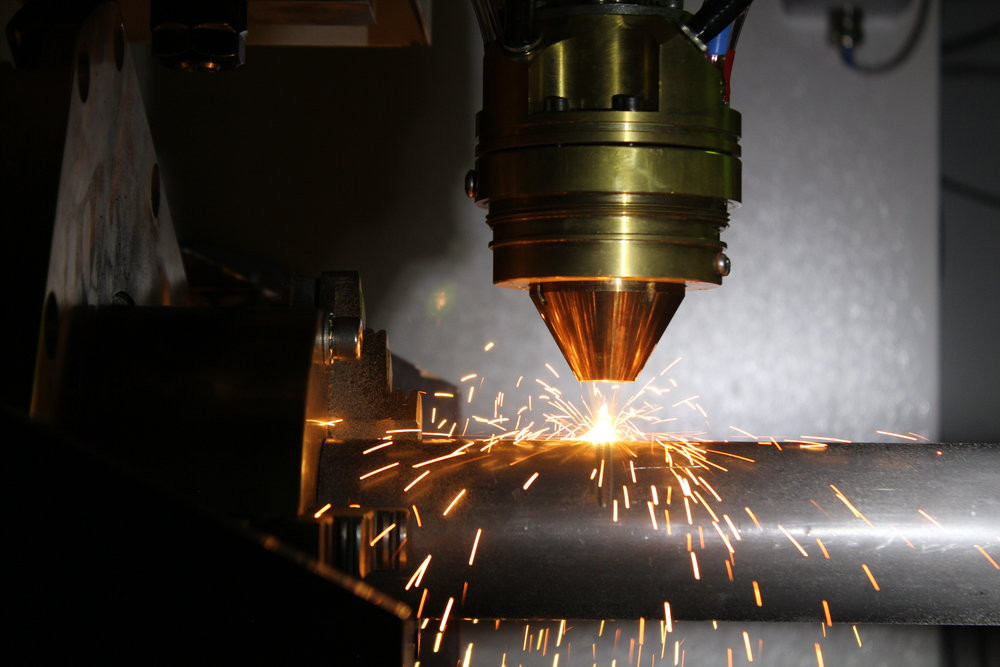CNC machines still grind. Molds still crack. Lead times still stretch into months. Traditional manufacturing? It’s reliable—but not built for speed or complexity. When markets shift fast and innovation needs to fly, you can’t rely on 20th-century solutions.
Enter Directed Energy Deposition (DED).
This metal additive manufacturing technique doesn’t wait. It fabricates and repairs parts by melting feedstock—usually wire or powder—with a high-energy source like a laser or electron beam. Then, it builds up metal—layer by layer, line by line.
No tooling. No delays. No compromises.
Who’s Using DED Already?
Aerospace and defense contractors, automotive giants, power generation companies, and even biomedical researchers use DED. A 2023 NIST study shows that DED adoption has grown in key industrial sectors due to its flexibility and performance across exotic alloys and complex geometries.
It’s not hype. It’s happening. And it’s here to stay.
Complexity Used to Be a Problem. Now It’s a Playground.
Remember when designing internal cooling channels or intricate lattice structures required compromise—or was it downright impossible?
Not with DED.
DED doesn’t shy away from complexity. It embraces it. The more intricate your design, the more DED shines. Whether it’s a turbine blade with internal ducts or a part optimized by generative algorithms, DED brings those wild designs to life.
Farias et al. (2024) agree that DED enables the fabrication of overhangs and variable wall thicknesses with minimal post-processing—something subtractive manufacturing simply can’t achieve.
You dream about it. DED builds it.
Repairs Were Costly. DED Changed the Game.
Imagine spending $50,000 on a new impeller when you only needed to fix the worn edge. Traditional manufacturing would suggest replacement, but DED says restore.
DED doesn’t just fabricate—it repairs. The technology excels at component rejuvenation: rebuilding worn or damaged areas with metallurgical bonding that meets or exceeds original performance standards.
Research by Saboori et al. (2019) demonstrated DED’s ability to cut maintenance costs by up to 50%. In industries like oil and gas or aerospace, that’s not a minor improvement. That’s a budget-saving revelation.
And the environmental benefit is huge. You reuse high-value parts instead of melting them or sending them to landfills.
Quality Control Was a Challenge. DED Made It Standard.
Quality used to depend on luck, experience, and post-inspection. DED flips the script. It brings real-time monitoring and feedback directly into the build process.
We’re talking:
- Laser power monitoring
- Melt pool imaging
- Closed-loop control systems
It means deviations—like porosity, cracking, or dimensional shifts—are caught immediately—not after the build, not during QA, not during deposition.
In a 2023 study published in Nano Materials Science, Guo et al. showed that real-time thermal imaging and spectral analysis reduced defects in nickel-based superalloys printed with DED.
That level of control turns “risky” manufacturing into precision science.
Production Times Lagged. DED Accelerated Everything.
Let’s be honest: Speed is everything. Your product’s success hinges on time-to-market. And traditional manufacturing timelines? Brutal.
DED changes that. There is no waiting on tooling, no slow CNC passes, or no batching requirements.
How Fast Are We Talking?
In one case study by Jiang and Ma (2020), parts that took 3 weeks to CNC were produced in 3 days using DED—with equal or better dimensional accuracy. That’s over 85% time savings. Hybrid DED-CNC systems now allow additive and subtractive steps in the same machine.
Speed + accuracy = competitive edge.
Precision Was Elusive. DED Hit the Mark.
You might think “layer by layer” means sloppy edges and wonky tolerances. Nope.
DED today is shockingly precise.
A 2024 study by Hasan et al. used thermal simulation modeling and found a mean absolute error of just 7.47°C—a crucial factor in controlling metallurgical properties during deposition. It means better control of grain structures, hardness, and final dimensions.
With the right process parameters, DED can achieve tolerances as tight as ±0.1 mm. That’s tight enough for aerospace, turbines, and you.
Demand Surged. DED Met It Head-On.
Product demand isn’t linear anymore. It’s volatile, with peaks and valleys, spikes and slumps. You need a method that scales.
That’s where DED dominates.
Why?
Because it’s flexible:
- One-off custom builds? ✅
- Small-batch repair jobs? ✅
- Full-scale production runs? ✅
DED lets you scale up or pivot without retooling. There is no warehouse full of jigs, no delay in procurement, just a change in the CAD file, and go.
The Materials Game? DED Is Winning It.
DED doesn’t lock you into a material catalog. Unlike other metal 3D printing methods, it supports a wide range of alloys:
- Titanium
- Inconel
- Stainless steel
- Cobalt-chrome
- Copper and bronze
It even supports functionally graded materials (FGMs)—components with gradual changes in composition or properties optimized for performance. That’s huge for heat exchangers, biomedical implants, or aerospace transition parts.
As of 2025, researchers are experimenting with multi-wire DED, allowing different alloy combinations to be deposited simultaneously. Yes, we’re printing with “designer metals.”
Sustainability Goals? DED Delivers.
Let’s face it. Manufacturing isn’t always green.
But DED is helping fix that. By building only what’s needed and repairing instead of replacing, DED slashes:
- Raw material waste
- Energy use
- Transportation emissions
So, if you’re aiming for ISO 14001, net-zero targets, or circular economy compliance, DED fits the bill.
The Verdict Is In. DED Is the Future.
DED isn’t a stopgap. It’s the next phase.
It builds faster. It repairs smarter. It controls quality better. And it reshapes what’s possible in metal manufacturing.
Companies that embrace DED now aren’t catching up. They’re racing ahead.
Whether you’re an engineer, a plant manager, or a founder trying to disrupt your category—this isn’t optional.
DED additive manufacturing is upgrading your production line and bottom line, which customers have been waiting for.
Want to build parts that last forever? Let’s talk about DED.





























